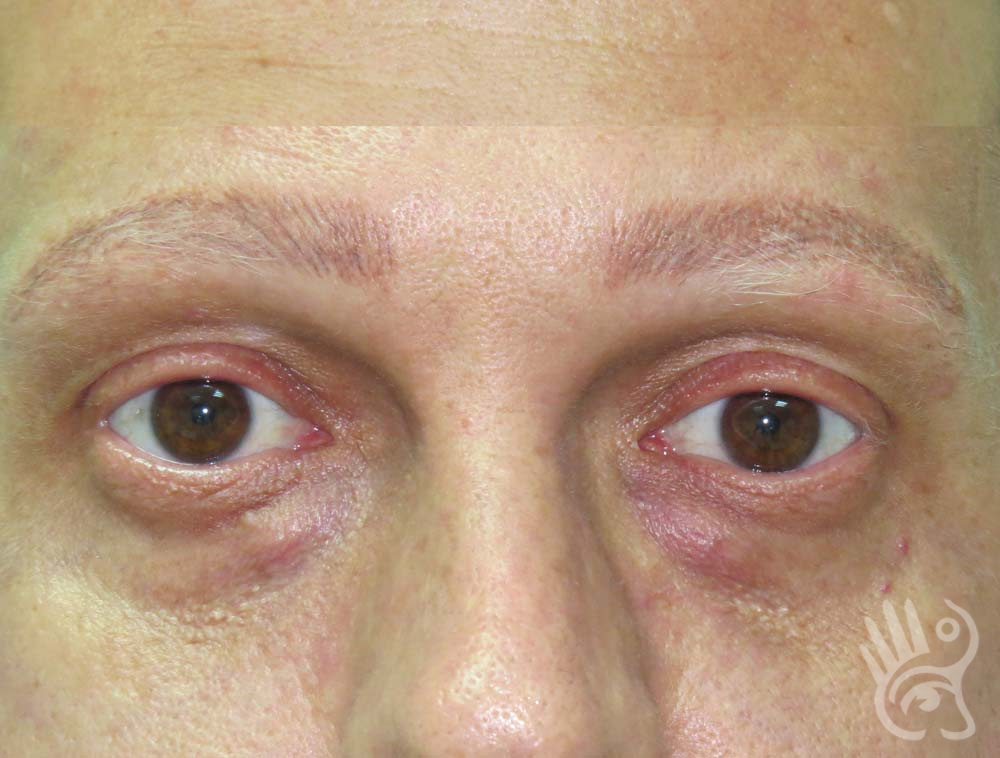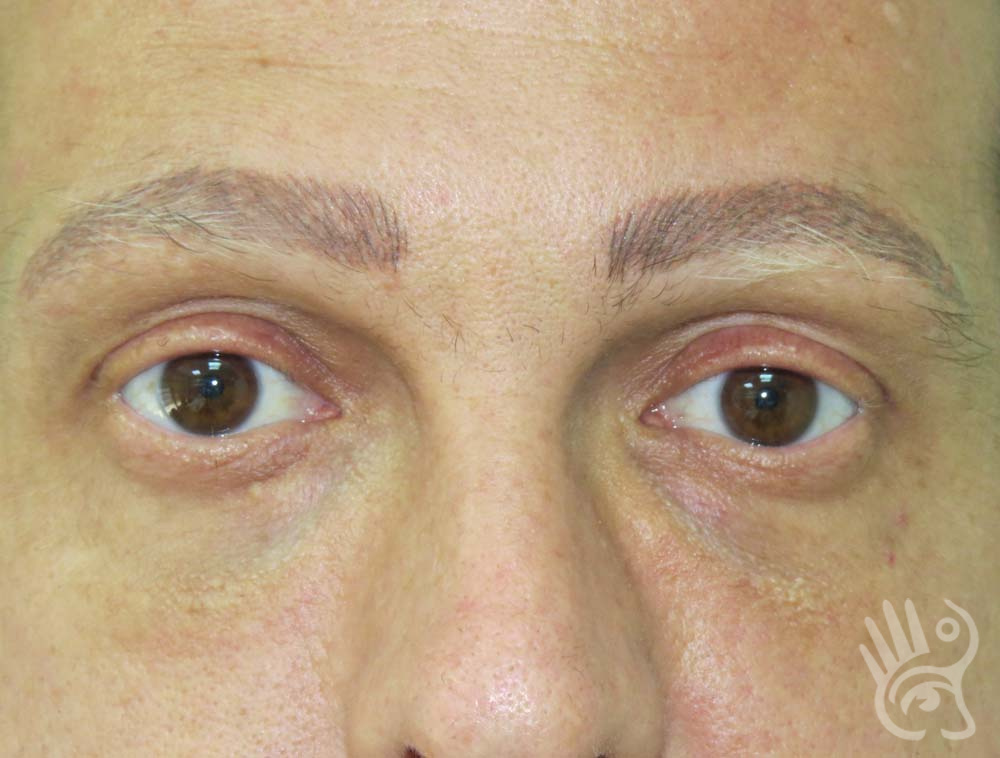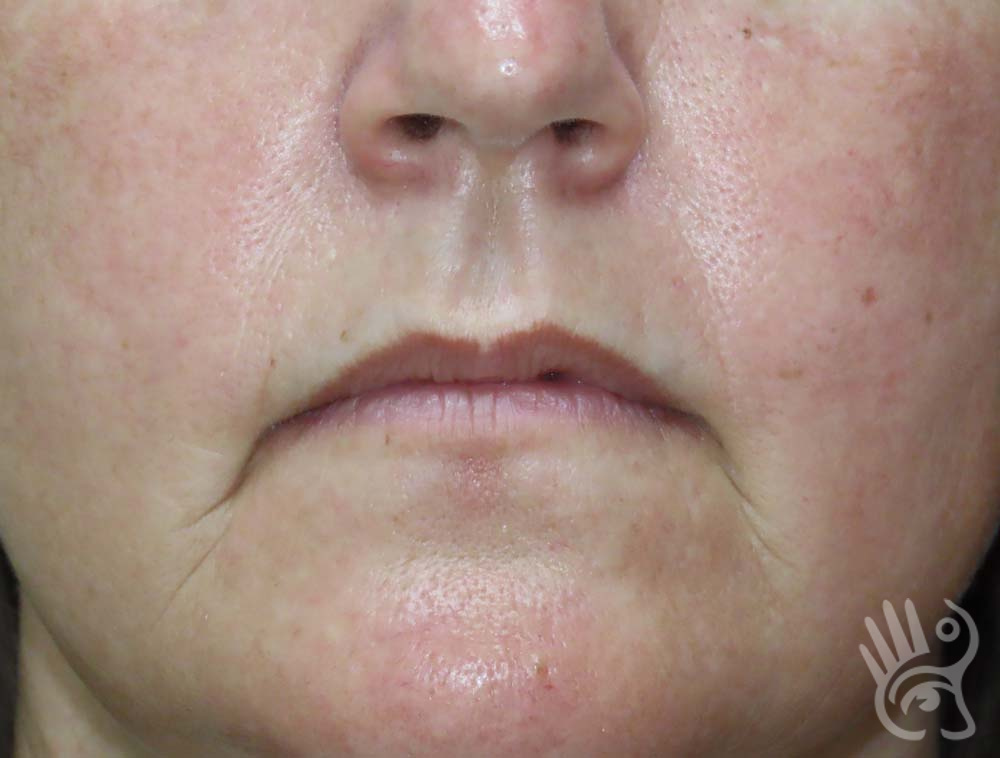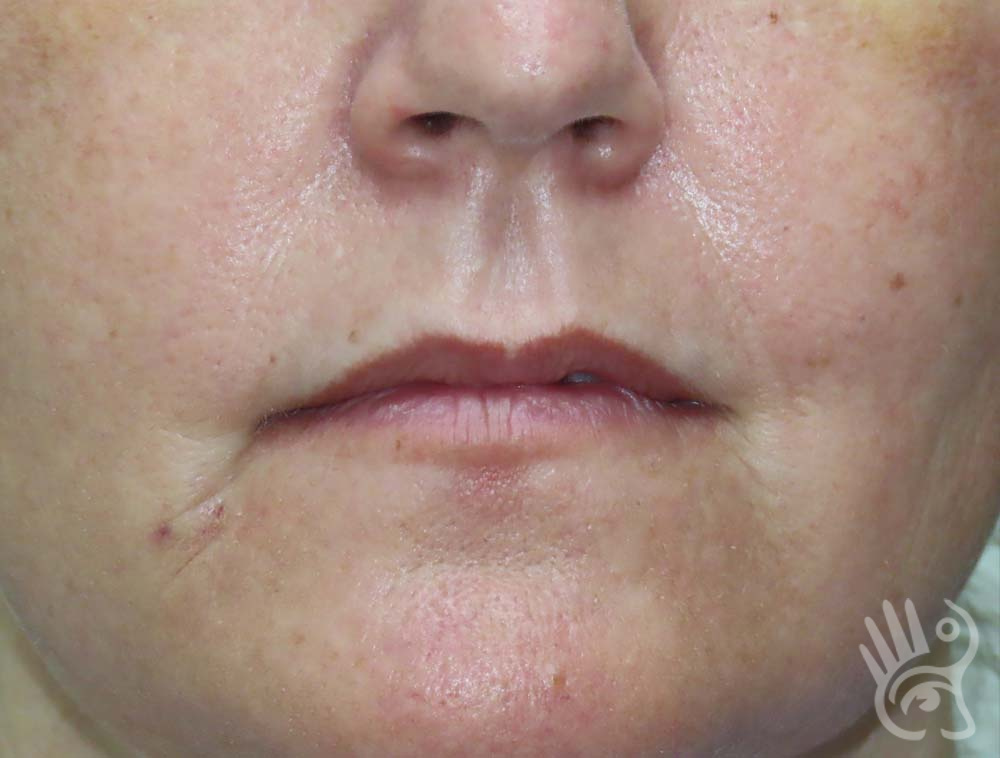Fillers
Fillers are products that can be injected in or under the skin to fill small to medium size wrinkles or decrease the depth of deep grooves in the face such as the nasolabial and melolabial grooves below the corner of the mouth.
Fillers are products that can be injected in or under the skin to fill small to medium size wrinkles or decrease the depth of deep grooves in the face such as the nasolabial and melolabial grooves below the corner of the mouth. Fillers can also improve or augment contours of the face or by filling e.g. the cheekbone area, the temporal area, the cheeks and lips.
DETAILS OF THE TREATMENT
During your first consultation all different possibilities to achieve your goals will be discussed. In some instances there may be other options that can be used in combination with fillers. Botox may improve on the results of fillers by first weakening the underlying muscles. The remaining wrinkles can thereafter be filled with a filler. Sometimes the loss of volume and wrinkling can by so extensive that surgery may be a better option. Considering the aspects of all options will lead to customized treatment plan and realistic expectations.
In general there are two kinds of fillers. Your own bodily substances can be used as a filler. In particular fat can be useful. Fat is aspirated from other areas with excess fat, processed and injected in areas of the face. These are surgical procedures that need to take place in an operating theatre (see lipofilling). Synthetic fillers are off the shelf products that can be injected as an office procedure. There are synthetic fillers that are permanent and there are those that are temporary. The permanent fillers can sometimes produce palpable nodules that can even be visible. These are very difficult to treat and these products are therefore less popular. Temporary fillers dissolve slowly and completely, making them very safe. The most commonly used temporary filler used today is Hyaluronic Acid.
Hyaluronic Acid (HA) is one of the building blocks in our body. It is present in our joints for lubrication, in connective tissue and skin. It is a glucose building block and serves to keep the skin smooth and flexible by absorbing water. When HA is injected in the skin, it will form sugar pillows that will attract and retain water. Volume can be added to improve contours, smoothen irregularities and wrinkles can be filled. Because HA is also produced in our body, the chance of adverse reactions to a HA filler is extremely small. The effect of this filler will maintain for nine months to a year after which it will completely disappear. In the event that the filler is not producing the desired filling effect, and injection with the enzyme hyaluronidase can dissolve the HA completely within a couple of hours to a few days. This characteristic of HA makes it even more safe. Restylane was the first brand that brought HA onto the market over twenty years ago. At present there are many brands available that produce HA.
A treatment with HA can take place under local anesthetic or without. Many brands nowadays have the local anesthetic mixed with the product. The first injections will be felt, but when the area is injected further the anesthetic of the first injection will have numbed it. Depending on how much HA needs to be injected, the treatment lasts about to fifteen minutes.
Some redness at the injection site can occur and will normally disappear within thirty minutes. The injection itself can cause the treated areas to become a bit swollen making it look somewhat fuller. This additional swelling will settle soon and placing a cold compress on the area may expedite the process.
The use of HA is effective in the hands of an experience doctor and can produce attractive and natural results. Some people want more fillers than is necessary. When they fully understand the esthetic effect and specifically aim for this then it is their personal choice. It is therefore most important that during the first consultation the areas to be treated, the amount of filling required and its effect are clearly discussed. In some instances it may be wise to start conservatively and add filling when further enhancement is clearly desired.
When overcorrection has occurred, the HA can be dissolved with hyaluronidase and will disappear quickly and completely. Sometimes a vessel is hit during injection causing a small bruise. This will disappear in a couple of days. Applying a cold compress may be useful. In very rare instances the HA is accidently injected in a vessel causing the circulation of an area to become compromised. This is normally immediately recognized. Injections with hyaluronidase should start as soon as possible to dissolve the HA to restore the circulation.











